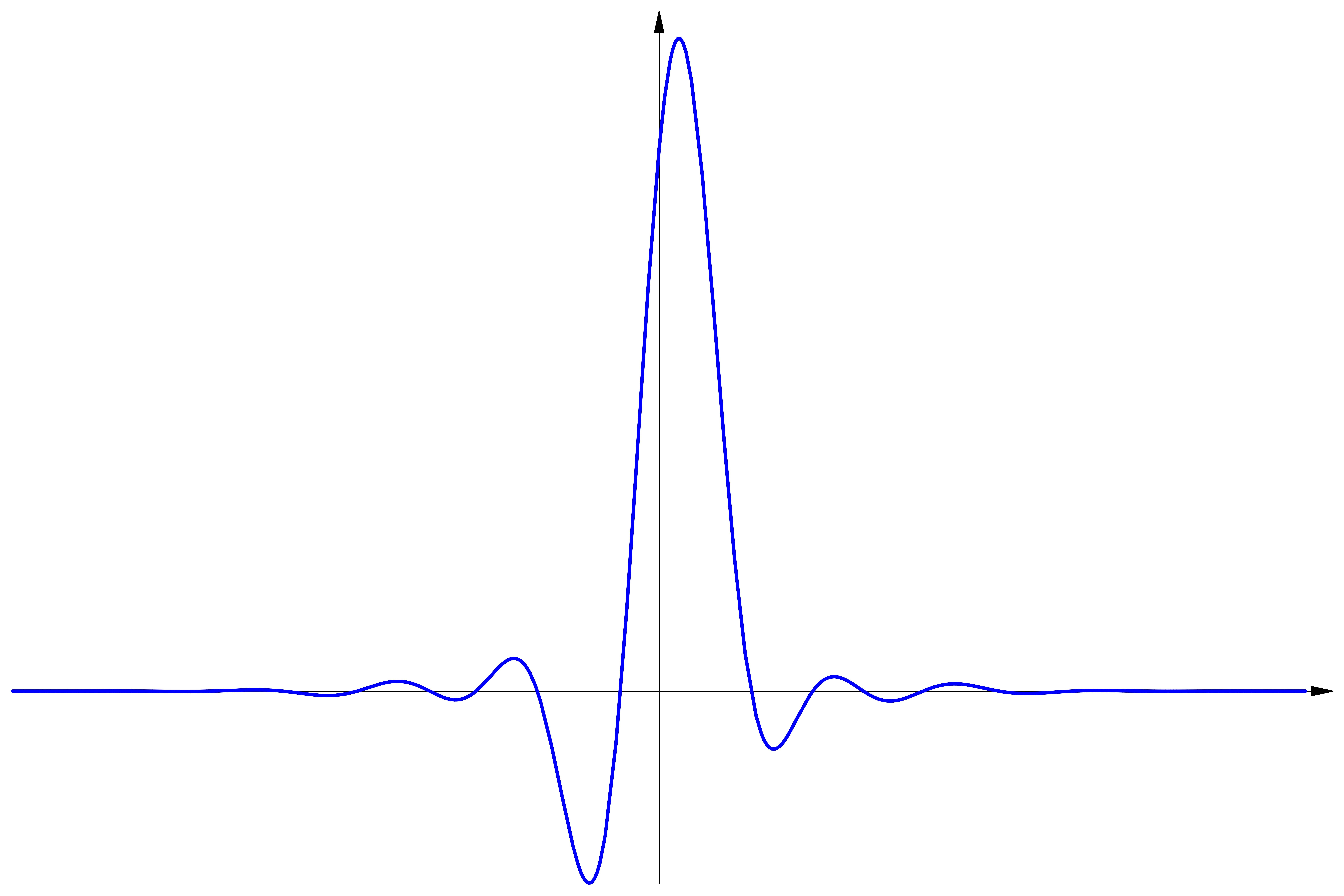
Physics Modeling
Quantum Mechanics
--
Quantum mechanics, an entirely different model from classical mechanics, is especially applicable to systems of atomic or subatomic dimensions. Our approach here is that of Schrödinger’s non-relativistic quantum theory.
An equally resulting matrix algebraic formulation, different in form but basically equivalent to Schrödinger’s treatment, was developed by Heisenberg. Since then, it has the same results.
A relativistic treatment of quantum mechanics was initiated by Dirac, which led to a new and broader view of Nature, including the concept of antimatter.
Thus, a complex wave function
is necessarily defined, derived from the concepts of the wave nature of matter postulated by De Broglie, to describe the physical state of a particle or system of particles, such as, for example, the atom.
There is currently no substantial physical meaning for such a function, but the product
is real and represents the probability per unit length (or per unit volume if defined in three dimensions) of finding the particle at any point.
The certainty of finding the particle somewhere, the so-called normalization condition, is expressed by
If ψ is a complex material wave function dependent on position and time t, i.e.
then it will be the solution of the time-dependent Schrödinger differential equation:
and the algebraic product, (Ψ*)( Ψ) = |Ψ|², will now represent the probability per unit length of finding the particle at a point and in a given time.
If the situation to be described is stationary, where both Ψ and V are not functions of time, then the Schrödinger equation reduces to its time-independent form:
More concisely, if we define the total energy of the particle as:
where p is the momentum operator. And this way we have:
Then the Hamiltonian operator is defined and represented by the algebraic expression:
or
Therefore, the time-independent Schrödinger equation is rewritten based on the structure of operators in the form:
In order to approximate the results to physical observations, several additional requirements are imposed on the material wave functions, ψ(x):

A commendable scheme of modeling quantum mechanical problems as an example, of a steady state case, where the particle (or system of particles) is contained within bounds that fix the boundary conditions on the solution of the Schrödinger equation. Once the potential energy function, V(x), is explicitly determined, it is inserted into the Hamiltonian operator.
- The solution of the differential equation results in a series of functions ψ₁, ψ₂, …, ψₙ, which will be discrete solutions (characteristic functions or eigenfunctions) defining each one a different state of the particle or system.
- Each i-th eigenfunction separately satisfies the normalization condition:
- And, concomitantly, they satisfy an orthogonality condition that guarantees the non-undulatory interference of the wave trains that represent the different states, that is,
In the simplest situation, there is a single value of Eᵢ associated with each solution ψᵢ. They are the energy eigenvalues, which arranged in a spectrum constitute the quantized energy states allowed for the particle or system.
